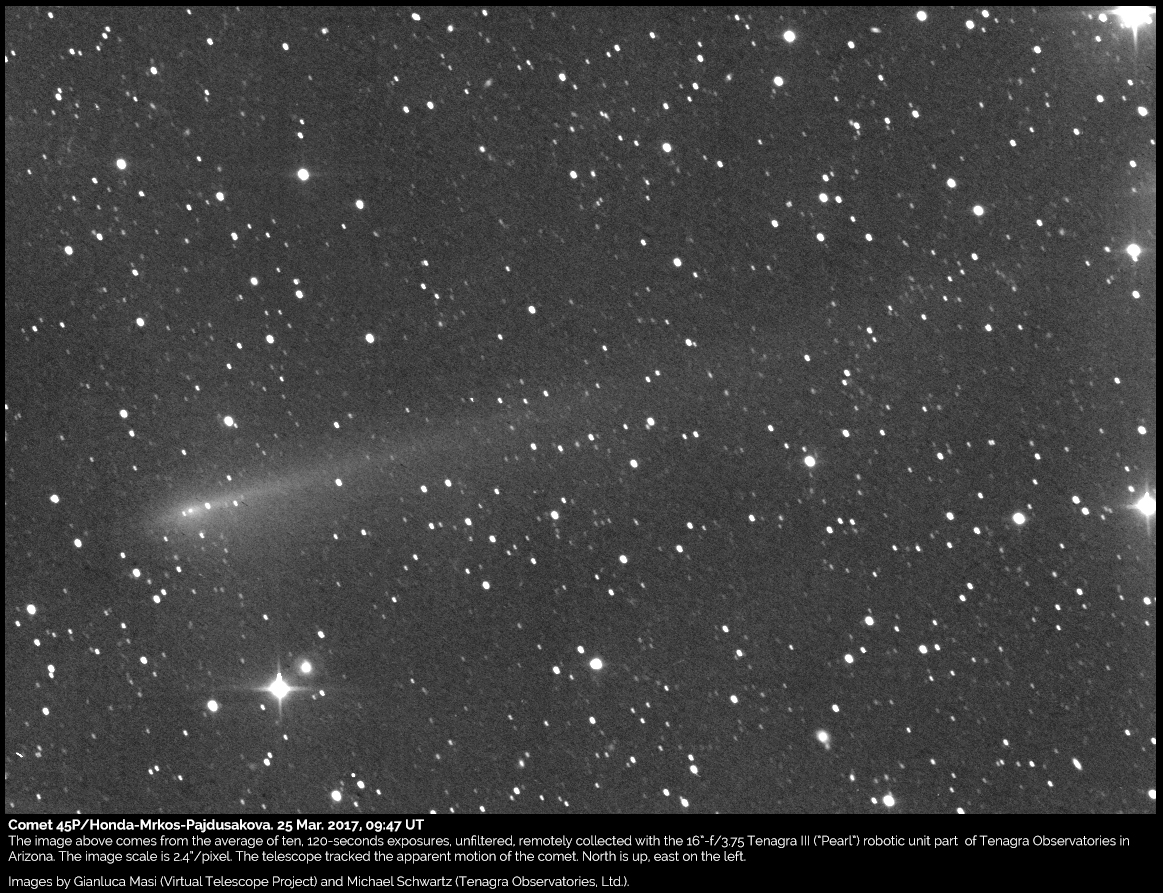
2017 also saw the first asteroid whose extra-solar source was clear, as I/2017 U1 ‘Oumuamua, which passed through the inner solar system this past October. As with many long period comet, it’s tough to tell if Comet Heinze is a true denizen of our solar system, or just visiting. On a steep 97 degree inclined retrograde orbit, Comet Heinze also has a knife edge hyperbolic eccentricity of nearly 1.0. Closest passage from Earth for Comet Heinze is 33 million km (0.22 AU) on January 4 th, 2018, when the comet will appear to move an amazing seven degrees a day through the constellation Camelopardalis.īut it’s the southward passage of Heinze though the ecliptic on April 1st that gives us pause, only 0.0144 AU exterior of Earth’s orbit… had this occurred on July 4 th, we might’ve been in for a show, with the comet only 2.1 million kilometers away! Heinze seems like a tiny body as comets go, and there’s discussion that the comet is dynamically new and may end up shredding its nucleus all together. Heinze will vault over the ecliptic headed northward on Christmas Day, and reaches perihelion 87 million km (0.58 AU) from the Sun on February 21 st, 2018. The orbit for Comet Heinze is an intriguing one, and as is often the case with comets, tempts us with what could have been. The passage of Comet Heinze through the inner solar system. Heinze discovered his first comet as part of the Asteroid Terrestrial-Impact Last Alert System ( ATLAS) search program looking for hazardous objects using the eight 50 cm Wright-Schmidt telescope array atop Haleakala and Mauna Loa in the Hawaiian Islands. The comet will juuust breech our “is interesting, take a look” +10 th magnitude cutoff in the final weeks of December leading into January, perhaps topping out around +8 th magnitude. The Discovery: Astronomer Aren Heinze discovered Comet C/2017 T1 Heinze as a tiny +18 th magnitude fuzzball on the night of October 2 nd, 2017. Now, another newcomer is set to bring 2017 in over the finish line.

In the meantime, we’ve had a steady stream of good binocular comets over the past year both expected and new, including Comet C/2017 O1 ASASSN1, 45/P Honda-Mrkos-Pajdu šákov á and Comet 41P Tuttle-Giacobini-Kres á k (links). Yeah, we’re still all waiting for that next great “Comet of the Century” to make its presence known.


Image credit and copyright: Charles Bell. Comet C/2017 T1 Heinze passes near the galaxy NGC 2706 on November 25th.


 0 kommentar(er)
0 kommentar(er)
